Your Cart is Empty
Call, Text or Chat Mon-Friday 10AM-5PM CST : 1-844-WILDOAK
Menu
-
- Deals & Promos
- Homesteading
- Living Off The Grid
- Off Grid Toilet
- Composting Toilets
- Incinerating Toilet
- Chicken Coops
- Greenhouses
- DIY Shed Kits
- Barndominium Kit
- Garage Kits
- Poultry Processing
- Dog Kennels
- BeeKeeping
- EMP & Signal Protection
- Emergency Food Kits
- Freeze Dryers
- Solar Generators, Panels and Batteries
- Solar Fridge & Freezers
- Propane Wall Heater
- Water Filtration
- Coolers and Cooking
- Gazebos
- Portable Sauna
- Camping Cot
- Hunting Blind
- Canvas Tents
- Prepping
- Overlanding Gear
- Composting Toilets
- Solar Generators
- Brands
- Chicken Coop Brands
- Composting Toilet Brands
- Solar Brands
- Food Storage Brands
- Freeze Dryer Brands
- Water Filtration Brands
- Incinerating Toilet
- Dry Flush Toilet Brands
- Waterless Toilet Brands
- Heater Brands
- EMP Shield Brands
- Tent Brands
- Cot Brands
- Cooler Brands
- Stove & Grill Brands
- Dog Kennels
- Greenhouse & Gazebo Brands
- Portable Saunas
- DIY Shed Kits
- About Us
- Resource Center
- The Ultimate Prepper & Emergency Survival Blog - Includes Free eBook
- Beginners Guide to Living off The Grid - Includes Free eBook
- Building Your Own Emergency Food Supply
- Best Survival Food to Be Prepared for Anything
- Berkey Lab Tests & Certifications
- Federal Solar Tax Credit - What You Need to Know
- BLOG
-
- 1-844-945-3625
- Login

Call, Text or Chat Mon-Friday 10AM-5PM CST : 1-844-WILDOAK
Martin Propane Heater Review | Everything You Need to Know
by Patricia Turla 6 min read
As temperatures drop, finding the perfect heater to keep your home comfortable is essential. Martin propane heaters have earned a reputation for their exceptional performance and stylish design. With features like a built-in thermostat, direct vent wall heater technology, and a sleek fireplace design, a Martin Propane Heater ensures your living space remains warm and inviting all winter long.
Key Takeaways
Martin propane heaters offer efficient, stylish, and reliable heating with features like built-in thermostats, direct vent technology, and safety measures, priced between $799 and $1,199 for various room sizes.
What is a Wall Heater?
A wall heater is a compact heating unit that fits within the wall’s thickness, utilizing a direct vent system to expel exhaust gases outside while drawing in fresh air for combustion. The Martin direct vent heater is an excellent example, featuring an adjustable heat system and a thermostat to monitor room temperature precisely.
Key Characteristics of Wall Heaters
The direct vent gas heater, like the Martin heater, ensures clean energy usage and prevents overheating. Key characteristics include:
- Built-in Thermostat: Many wall heaters come with thermostats to maintain a constant temperature.
- Adjustable Heat: Includes propane ones, allowing users to adjust the heat level.
- Heavy Duty Grill: A high-quality wall heater often features durable grills made of materials like die-cast aluminum for safety and longevity.
- Glass Ceramic Window: Some wall heaters include a glass ceramic window for a view of the flame and aesthetic appeal.
- Piezo Ignition: Many propane heaters use piezo ignition for easy and reliable start-ups.
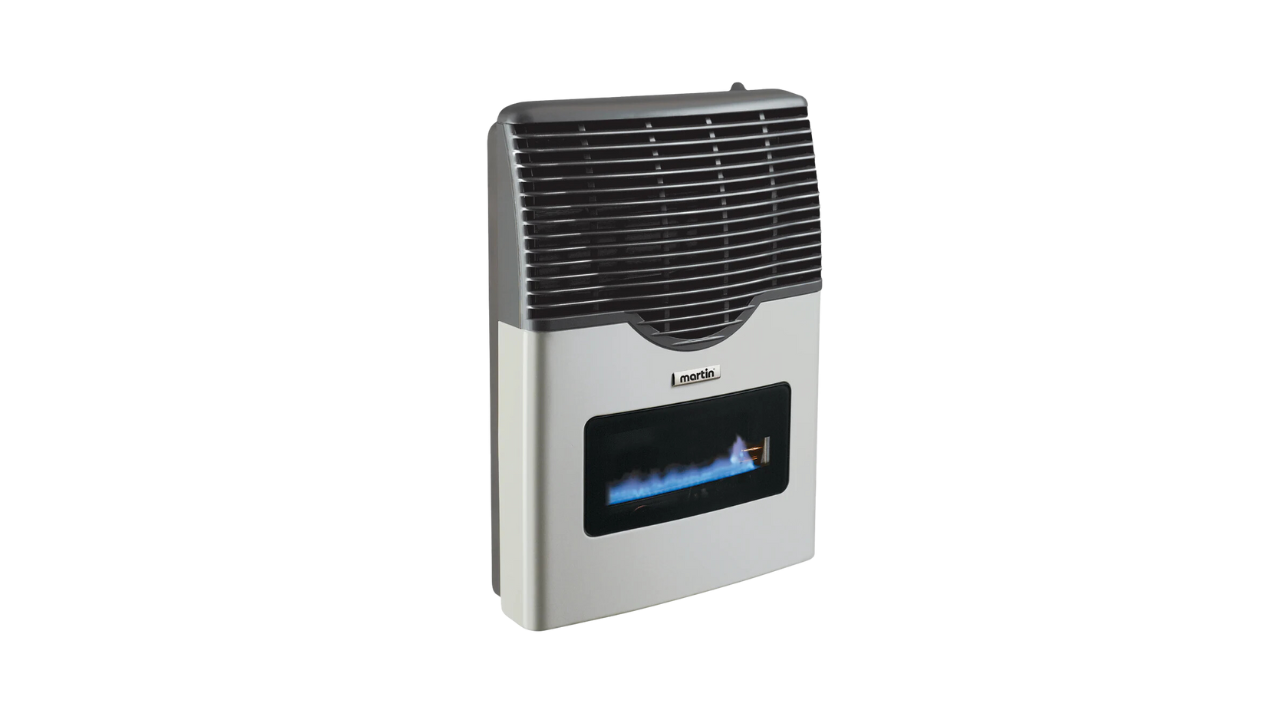
Advantages Over Other Types of Heater
A wall heater, especially a propane heater, offers several advantages over traditional heating systems:
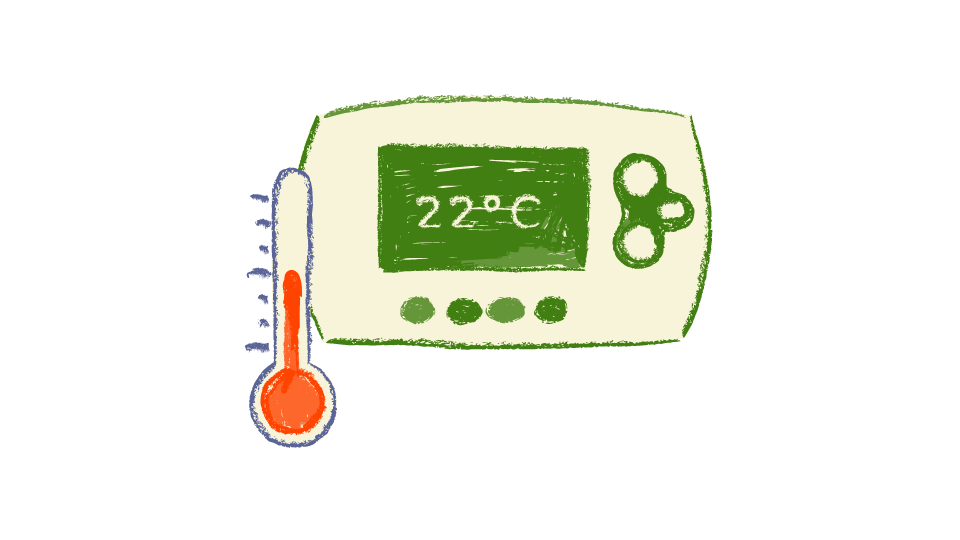
Consistent Temperature: Built-in thermostats help maintain a consistent temperature, reducing thermal variations.

Low Maintenance: Generally requires less maintenance compared to other heating systems.
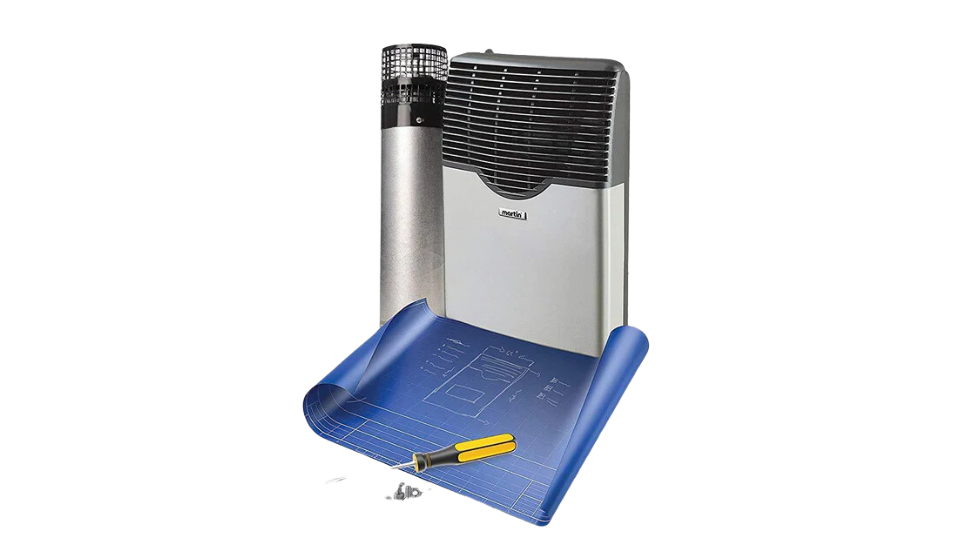
Aesthetically Pleasing: Modern designs can complement the room’s decor.

Clean Energy: Propane is a cleaner energy source compared to some other heating fuels, producing fewer emissions.
Why People Use Wall Heaters
Many homeowners, cabins, garages, and even tiny homes use Martin propane heaters due to the following:
Energy Efficiency
Models like the Martin propane heater are designed to maximize heat output while minimizing energy consumption. The direct vent heater system ensures that the heat produced is used effectively within the room, preventing gas wastage. With a built-in thermostat, the temperature remains constant, reducing the need for frequent adjustments and thus conserving energy.
The use of clean energy sources, such as propane, further enhances the energy efficiency of these heaters. Propane is a clean-burning fuel, making it an environmentally friendly option that helps reduce the carbon footprint of your home. The better heat flow achieved by these heaters ensures that every corner of the room is warm without the need for additional heating devices.

Space-Saving Design
Unlike bulky traditional heaters, wall heaters like the Martin direct vent wall heater can be installed directly onto an exterior wall, saving valuable floor space. Such a feature is particularly advantageous in small living areas where every inch counts. The heater’s sleek fireplace design adds an aesthetically pleasing element to any room, blending seamlessly with the décor.
The installation manual provided with these units makes the process straightforward, ensuring that even those with minimal technical skills can manage the installation. The compact design does not compromise the heater’s performance, with models like the Martin propane heater offering impressive heat dispersion and a heavy-duty grill for added durability.
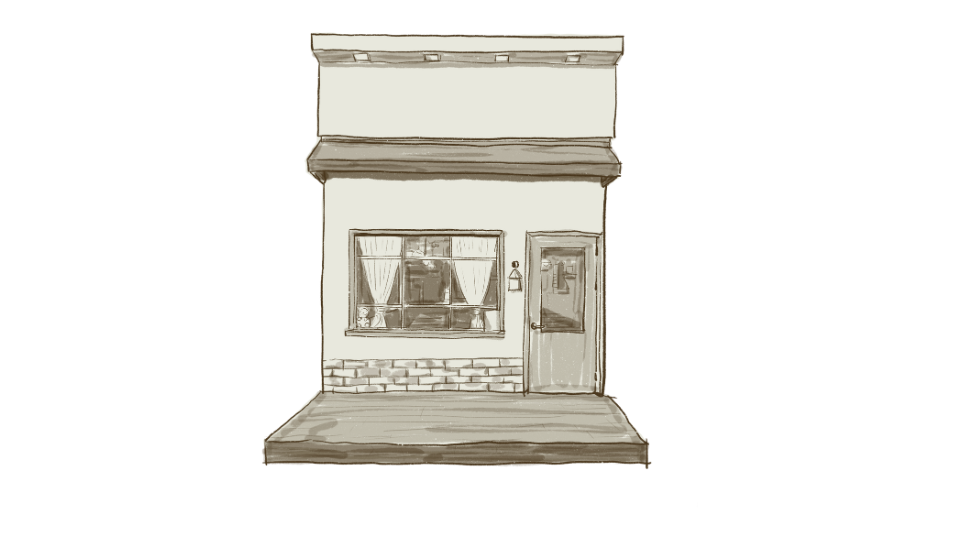
Cost-Effectiveness
Wall heaters have an economical operation. The initial investment in a Martin propane heater, for example, is offset by the savings in energy bills over time. The adjustable heat settings and built-in thermostat allow users to control the heat output precisely, ensuring that only the necessary amount of energy is used to maintain the desired room temperature.
Propane, as a fuel source, is generally cheaper than electricity, further reducing operational costs. Additionally, wall heaters require minimal maintenance, adding to their cost-effectiveness. The heavy-duty grill made of die-cast aluminum ensures longevity, while the piezo ignition system provides reliable performance with low maintenance needs.

Versatility in Different Environments
In homes, wall heaters provide a cozy and consistent heat source, ensuring that the temperature remains constant even during the coldest winter months. For cabins, especially those in remote areas, a propane heater is an ideal solution due to its ability to operate without electricity.
Garages and workshops can benefit from the installation of a direct vent gas heater, as these spaces often require robust and reliable heating solutions. The Martin heater, with its heavy-duty grill and CSA certification for use in the USA and Canada, is built to withstand different environmental conditions. The unit’s design prevents overheating, ensuring safe operation in various settings.

Are Martin Wall Heaters Safe?
Martin direct vent heaters are packed with safety features designed to keep you warm without worry, such as:
Built-In Safety Features
When the oxygen levels drop too low, the sensor triggers an automatic shut-off, preventing potential hazards. The oxygen depletion sensor ensures that the heater operates safely, even in enclosed spaces.
Another essential safety mechanism is the built-in thermostat. It allows you to set a constant room temperature, which the heater maintains by adjusting the flame as needed. Such a feature prevents overheating and ensures that your living space remains comfortably warm without any risk of excessive heat.
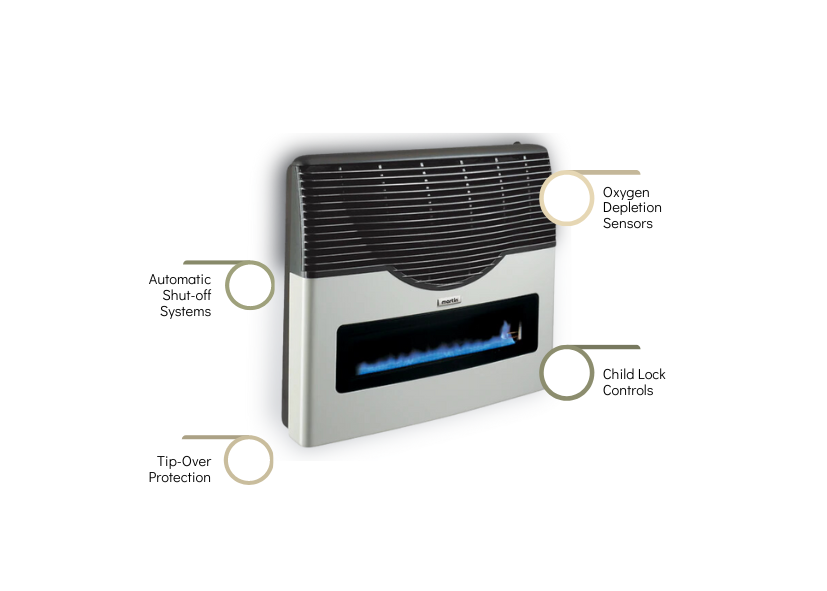
CSA Certification and Safety Standards
When it comes to safety, certification matters. Martin propane heaters are CSA-certified for use in the USA and Canada. The certification indicates that the Martin heater meets rigorous safety standards.
The CSA certification process involves thorough testing to ensure the heaters are safe for residential use. Having the certification gives you peace of mind, knowing that your heater adheres to the highest safety standards.

Direct Vent Technology
Direct vent heaters expel combustion gases directly outside, ensuring that no harmful fumes enter the living space. This technology also improves air quality inside your home by using outside air for combustion instead of indoor air.
Direct vent gas heaters, like those from Martin, offer consistent and adjustable heat. The temperature remains constant, thanks to the efficient heat flow and dispersion. Not only does it keep your room cozy, but it also reduces gas wastage, making it an economical choice.

How to Install a Martin Wall Heater
Below is a step-by-step guide to help you install your Martin direct vent wall heater.
Tools and Materials Needed
Before diving into the installation, gather all necessary tools and materials:
- Martin wall heater unit (direct vent gas heater)
- Installation kit (included with the heater)
- Drill and appropriate bits
- Screwdrivers (flathead and Phillips)
- Level
- Measuring tape
- Gas fitter tools (if connecting to an existing gas line)
- Safety gear (gloves, goggles)
- Sealant

Step-by-Step Installation Guide
Step 1: Choose the Location
Select a spot on an exterior wall where the heater can effectively disperse heat. Ensure the wall’s thickness can accommodate the direct vent heater. Check for any obstacles on the outside where the vent will go.

Step 2: Prepare the Wall
Mark the position of the vent pipe on the wall. Using the installation manual’s template, drill a pilot hole and then cut out the opening for the vent. Ensure the hole aligns with the heater’s vent specifications for proper gas wastage control and clean energy flow.

Step 3: Mount the Heater
Position the heater on the wall and use a level to ensure it’s straight. Mark the mounting points, then drill holes for the anchors. Secure the heater to the wall with screws from the installation kit.
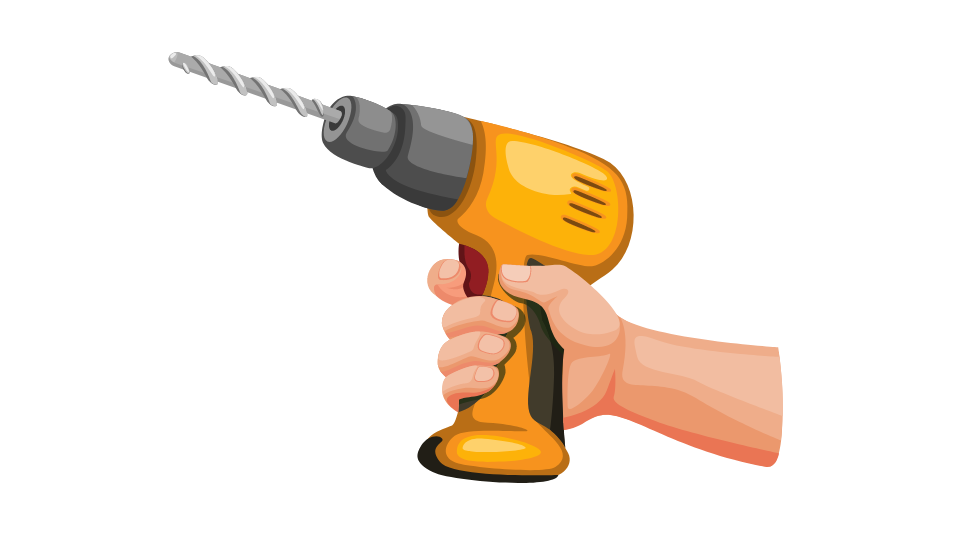
Step 4: Install the Vent Pipe
Assemble the vent pipe as per the installation manual. Feed the pipe through the wall, ensuring it extends properly outside. Seal around the pipe on both the interior and exterior sides to prevent drafts and ensure efficient heat flow.
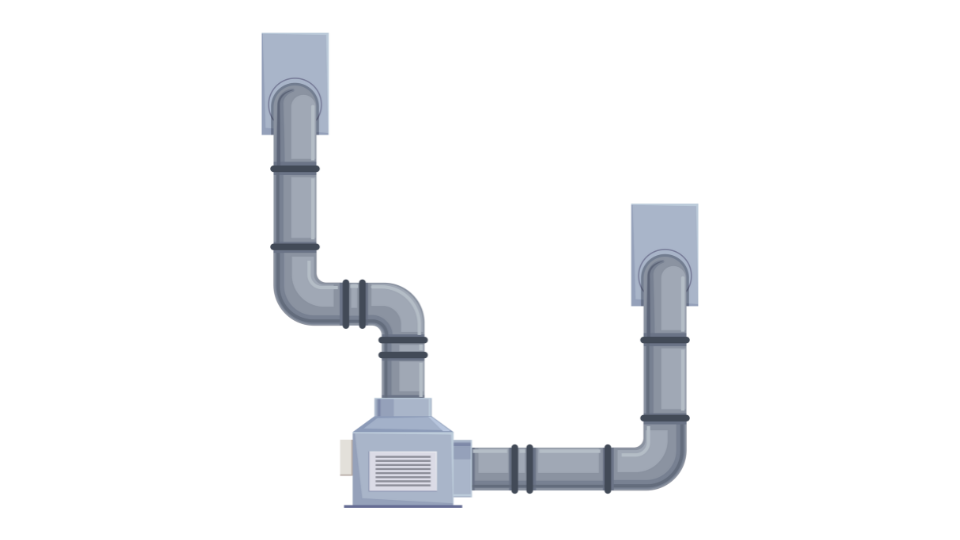
Step 5: Connect the Gas Line
If you’re connecting to an existing propane line, this step requires precision. A licensed gas fitter should handle the connection to ensure it’s secure and leak-free. The Martin heater’s ignition system will make lighting the unit straightforward.
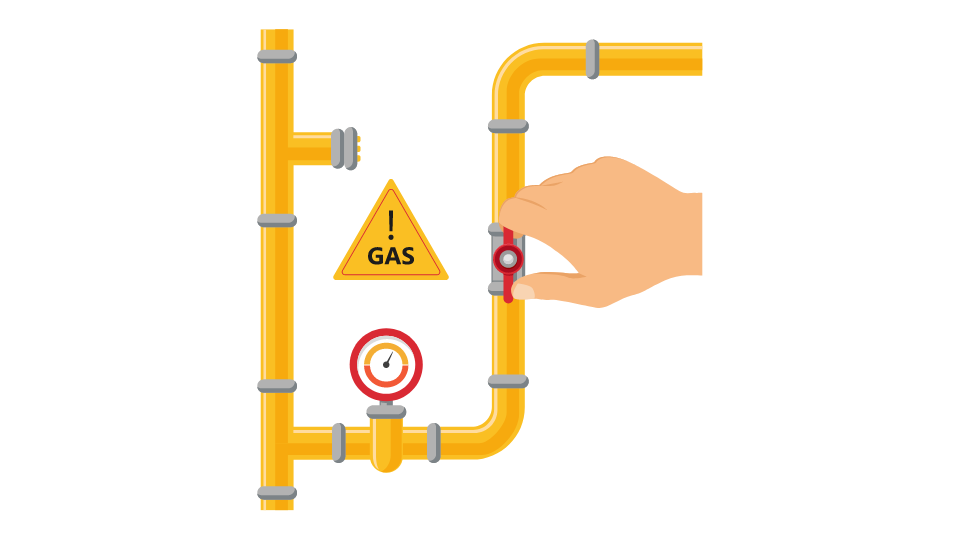
Step 6: Final Adjustments and Testing
Once installed, check the thermostat to monitor room temperature effectively. Adjust the flame and heat settings to your preference, ensuring the temperature remains constant. The glass ceramic window will allow you to see the flame adjust, adding to the cozy ambiance.

Comparison Chart of All Sizes
Conclusion
Martin propane heaters offer a blend of efficiency, safety, and stylish design, making them an excellent choice for heating various living spaces effectively. With features like built-in thermostats, modifiable heat settings, and direct vent technology, these heaters provide consistent warmth while maintaining indoor air quality.

Have any questions or would like to place an order? We'd love to help! Chat with our friendly customer service team by calling 1-844-945-3625, chatting in on our website or email us at customersupport@wildoaktrail.com. We look forward to hearing from you!
Leave a comment
Comments will be approved before showing up.





